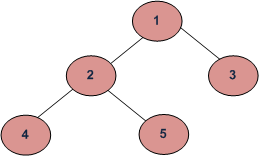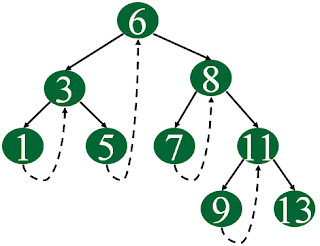Valid Triangles ( CodeChef Problem code: FLOW013 )
PROBLEM : Write a program to check whether a triangle is valid or not, when the three angles of the triangle are the inputs. A triangle is valid if the sum of all the three angles is equal to 180 degress. Input The first line contains an integer T, total number of testcases. Then follow T lines, each line contains three angles A, B and C of triangle separated by space. Output Display 'YES' or 'NO' if the triangle is Valid or not respectively. Constraints 1 = T = 1000 40 = A,B,C = 180 Example Input 3 30 40 110 45 45 90 180 0 0 Output YES YES NO -------------------------------------------------------------------------------- SIMPLE c++ IMPLEMENTATION : -------------------------------------------------------------------------------- #include<iostream> using namespace std ; int main() { int t,a,b,c ; cin>>t ; while(t--) { cin>>a>>b>>c ; if(a+b+c==180) cout<<"YES" ;



